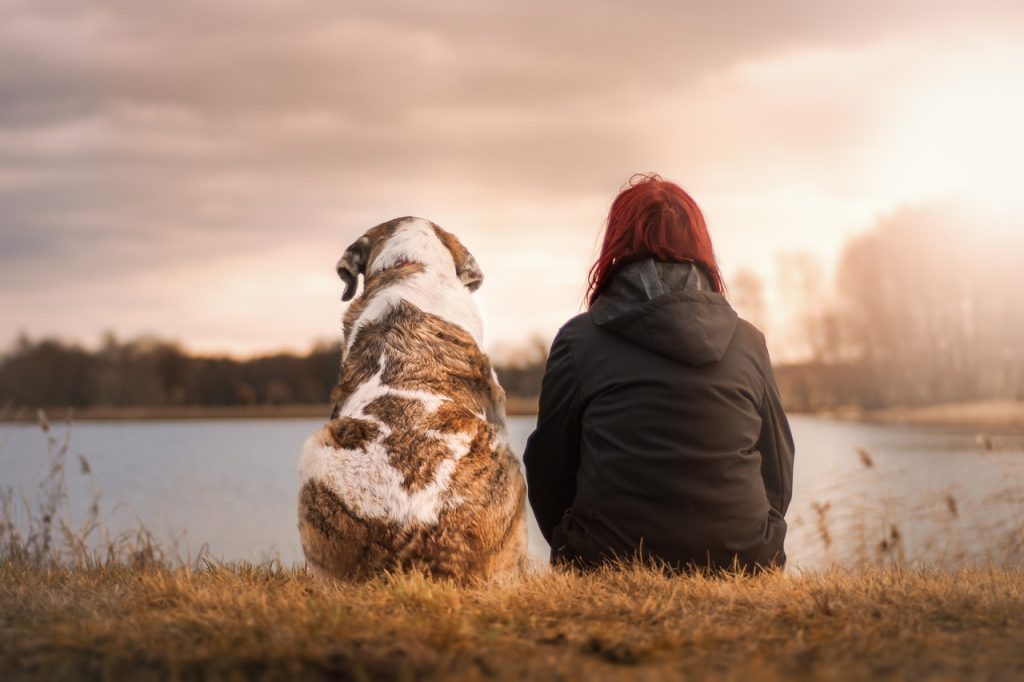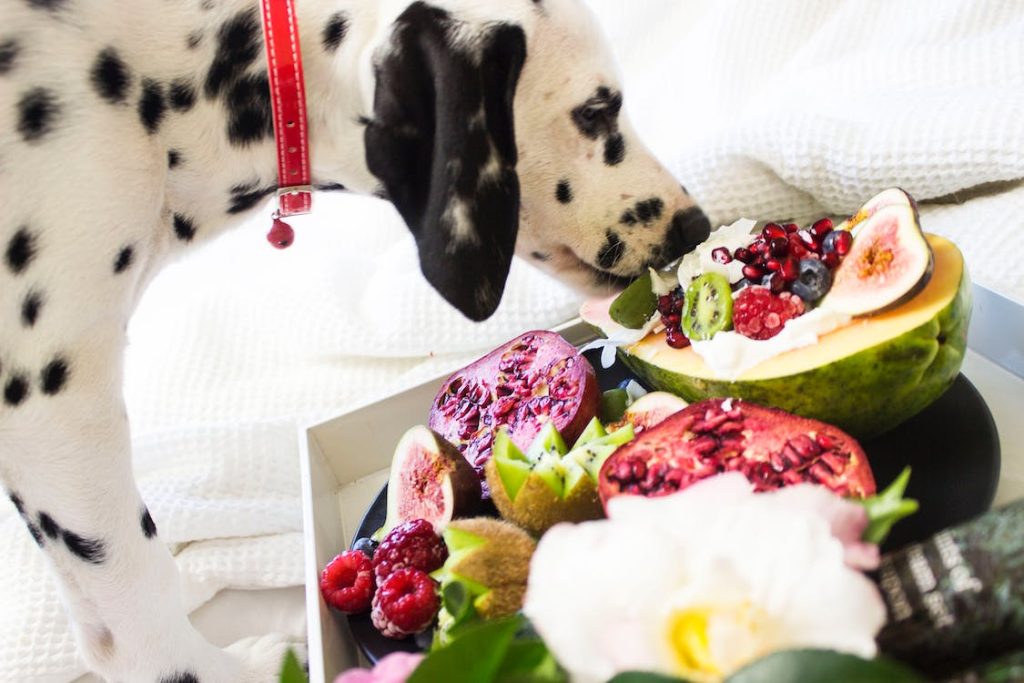Originating from the mountains of North Carolina, the Plott Hound is a robust and powerful dog, revered for its hunting abilities and loyal disposition.
History:
The Plott Hound’s history dates back to the 1750s when Johannes Plott, a German immigrant, arrived in North Carolina with five Hanoverian Hounds. These dogs, selectively bred over generations, became the foundation for the Plott Hound we know today. Primarily used for hunting boars, the breed is now North Carolina’s state dog.
Physical Characteristics:
- Size: Medium to large-sized dogs.
- Weight: 40-60 pounds for females and 50-70 pounds for males.
- Coat: Short, smooth, and brindle-colored, ranging from yellow-brindle to chocolate and nearly black.
Temperament:
Plott Hounds are known for their unwavering determination when on the hunt, but they are equally gentle and loyal at home. They are protective of their families, making them excellent watchdogs. While generally good with children, early socialization with other animals is recommended.
Training:
Being intelligent and eager to please, Plott Hounds can be relatively easy to train. Consistency, positive reinforcement, and early socialization will yield the best results.
Health:
Plott Hounds are generally healthy dogs, with a lifespan of 12-14 years. Regular vet check-ups, a balanced diet, and ample exercise are key to their well-being. Some common health issues include hip dysplasia and gastric torsion.
Grooming:
Their short coat requires minimal grooming. Regular brushing, occasional baths, and routine ear and teeth cleaning will keep them looking and feeling their best.
Key Takeaways:
The Plott Hound is a dedicated hunter and a devoted family companion. Their unique blend of tenacity and tenderness makes them stand out among dog breeds. With the right care, training, and love, a Plott Hound can be an excellent addition to any household.
FAQs
- Are Plott Hounds good with children?
- Yes, Plott Hounds are generally friendly and affectionate towards children. However, as with any breed, it is important to supervise interactions between children and dogs and teach children how to properly interact with dogs.
- How much exercise do Plott Hounds need?
- Plott Hounds are highly energetic and require at least an hour of exercise per day. They enjoy activities such as hiking, running, and playing fetch.
- Are Plott Hounds good apartment dogs?
- Plott Hounds are not typically recommended for apartment living. They require a lot of space and exercise, and may become destructive if they are not given enough room to move around.
- Do Plott Hounds shed a lot?
- Plott Hounds have a short, smooth coat that sheds moderately. They should be brushed weekly to remove loose fur and debris.
- How long do Plott Hounds live?
- Plott Hounds typically live for 12 to 14 years, although some can live longer with proper care and nutrition.
In conclusion, if you’re considering adding a Plott Hound to your family, it’s important to understand their history, appearance, temperament, and care requirements. With proper training, socialization, and care, they can make wonderful companions for dog lovers who are willing to put in the time and effort to meet their needs.







